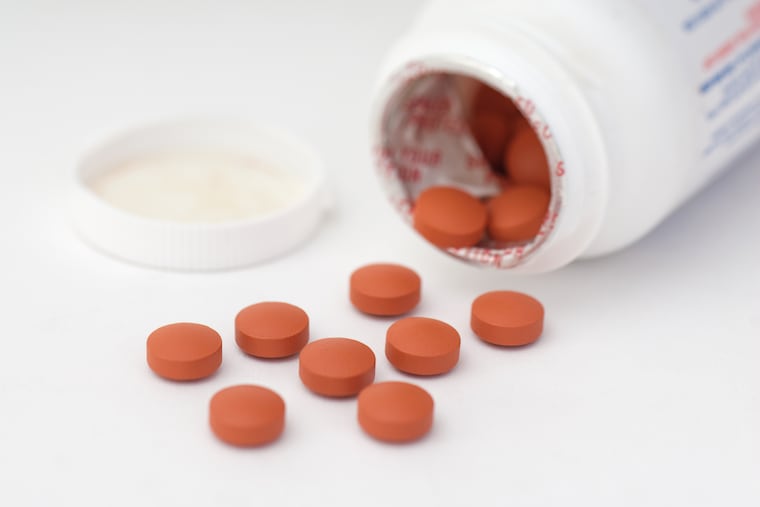As youth suicide attempts by poisoning soar, over-the-counter drugs are most commonly used
In the national epidemic of youth and adolescent suicide attempts by self-poisoning, the most common substances used were over-the-counter painkillers like aspirin, acetaminophen and ibuprofen, according to a new study.

As a growing number of youths attempt suicide by poisoning, the most common substances used were over-the-counter painkillers like aspirin, acetaminophen, and ibuprofen, according to a new study from Nationwide Children’s Hospital and the Central Ohio Poison Center.
Anti-depressants, also common in many households, were the second most likely to be used, according to the research, published online Monday in the journal Clinical Toxicology.
The study is a follow-up to research published this year that showed more than 1.6 million suicide attempts by poisoning in children and young adults were reported to U.S. poison control centers from 2000 to 2018. The majority of the attempts — 81% — were by females.
» READ MORE: Suicide attempts by self-poisoning more than double for teens and young adults
Suicide is the second leading cause of death among people ages 10 to 24.
“Because medications are so readily available in homes, many families do not take precautions to store them safely,” said John Ackerman, study co-author and a clinical psychologist with the Center for Suicide Prevention and Research at Nationwide Children’s, in Columbus, Ohio. “Our findings suggest this is a big problem."
“It’s not so much a matter of substance type, but rather a matter of access to the substance,” said Henry Spiller, another study author and director of the Central Ohio Poison Center. “Any type of medication can be misused and abused in ways that can unfortunately lead to very severe outcomes, including death.”
Medications for Attention Deficit Hyperactivity Disorder (ADHD) were more commonly misused by children ages 10 to 15, and they had the highest risk of serious medical outcomes of all the substances reviewed. Sedatives like benzodiazepines were more often used by older teenagers and young adults. Antihistamines were another common drug used in all the age groups except 22-to-25-year-olds.
» READ MORE: Childhood ADHD soared in recent years. But what about treatment?
The Ohio researchers found that from 2010 to 2018, suicide attempts by self-poisoning among 10-to-18-year-olds that were reported to poison control centers increased 94%. Among girls ages 10 to 15, the rate of self-poisonings rose 151% in the eight-year period. Data the researchers collected from 49 children’s hospitals showed that admissions involving suicidal thoughts or behaviors among children 5 to 17 doubled from 2008 to 2015.
The new study also found that suicide attempts among adolescents and teens were greater during the months school is in session as opposed to summer.
In addition, the study found that in rural communities, adolescents were twice as likely to die by suicide as their peers in urban areas. The researchers found states with lower population density saw higher rates of serious outcomes from suicide attempts. Greater social isolation and shortages of mental health professionals in rural areas may hinder teens from getting needed help and may contribute to those serious outcomes, the authors wrote.
If you or someone you know is in crisis, call the National Suicide Prevention Lifeline at 1-800-273-8255 or text TALK to the Crisis Text Line at 741741.